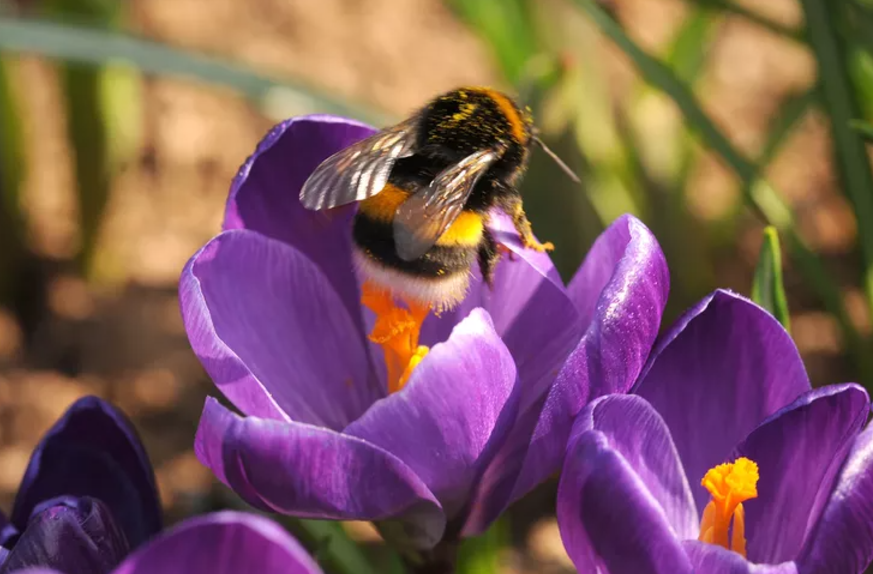Plant a Diverse Range of Native, Pollinator-Friendly Plants
Advice: Native plants provide the best food sources (nectar and pollen) for local pollinators like bees, butterflies, and hummingbirds. Choose plants that bloom at different times of the year to ensure a continuous food supply. Examples include lavender, echinacea, bee balm, and milkweed.
Tip: Focus on plants with simple, open flowers, as they are easier for pollinators to access, and plant in clusters to make it easier for pollinators to find the nectar.
Minimize or Eliminate Pesticides and Chemicals
Advice: Pesticides, especially synthetic ones, can harm pollinators. Instead, use organic alternatives like neem oil, insecticidal soap, or companion planting to control pests without harming beneficial insects.
Tip: Use integrated pest management (IPM) strategies, which combine monitoring pest levels, using physical barriers, and introducing natural predators to reduce the need for chemicals.

Provide Habitat and Shelter for Pollinators
Advice: Pollinators need places to nest and rest. Add features like bee hotels, nesting sites, and a shallow water source to provide safe havens. Let parts of your garden remain wild with tall grasses or decaying plant matter, as these can provide nesting spaces for ground-nesting bees and butterflies.
Tip: Include a variety of plant types, from flowering shrubs to trees, to offer shelter and nesting opportunities throughout the seasons.






